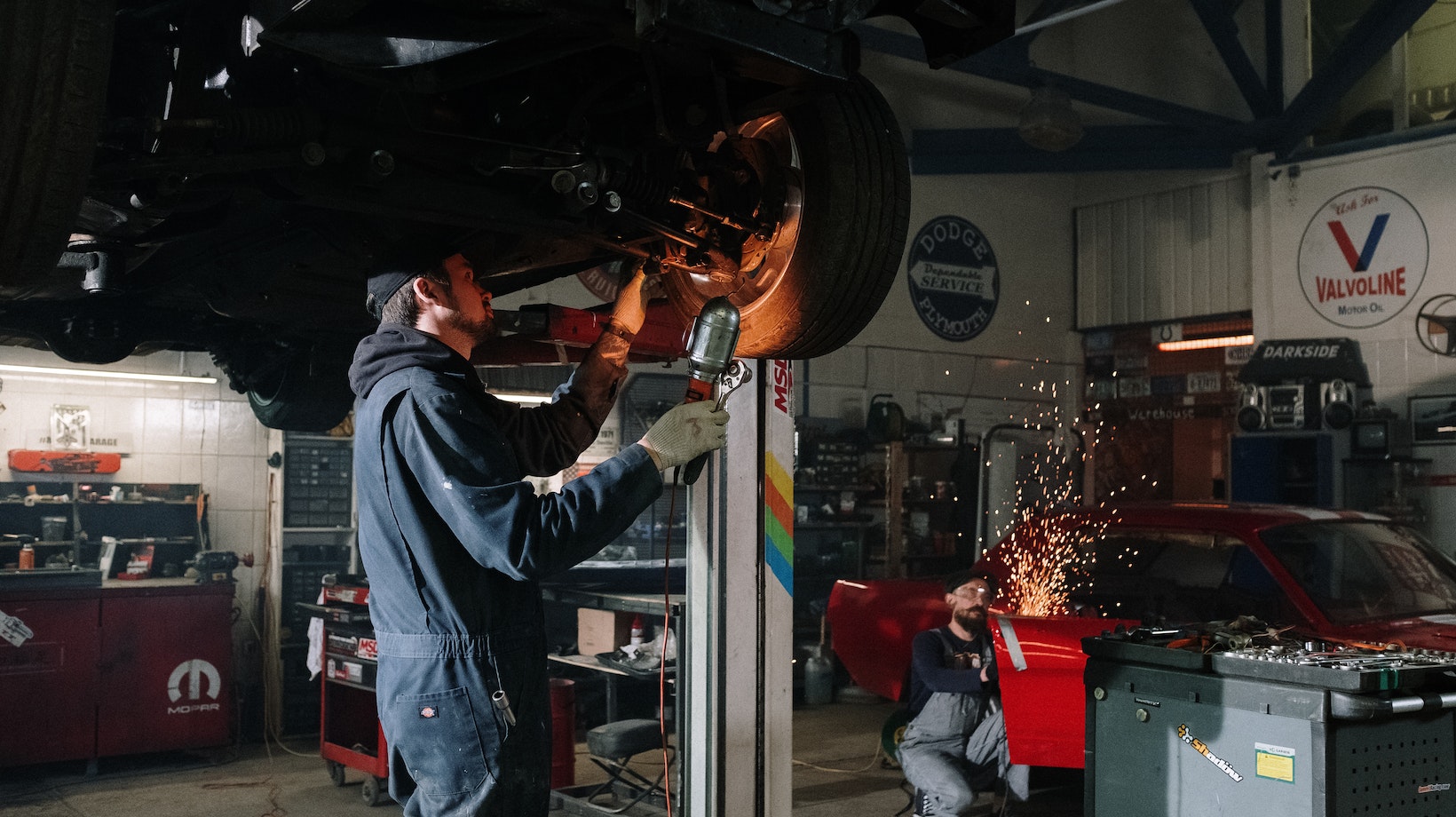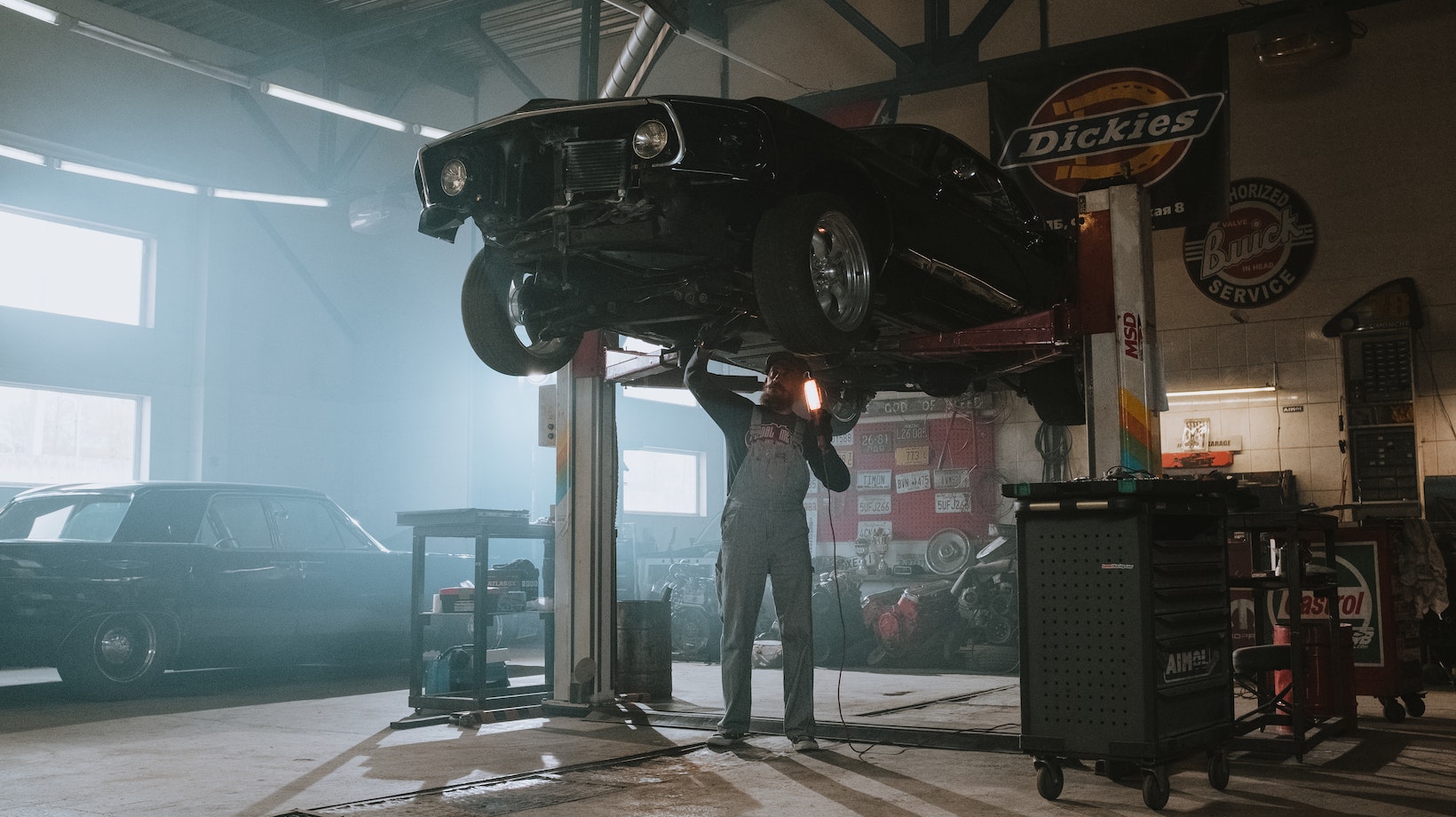Leather Car Seat Repair Cost
- UV Exposure: Prolonged exposure to sunlight can cause leather seats to fade, crack, or become brittle over time. The ultraviolet (UV) rays from the sun accelerate the breakdown of the natural oils in leather, leading to discoloration and deterioration.
- Spills and Stains: Accidental spills of beverages, food, or other substances can leave unsightly stains on your leather car seats. If not cleaned up promptly or treated with appropriate products, these stains can set into the leather fibers and become difficult to remove.
- Scratches and Scuffs: Everyday wear and tear in your vehicle can result in scratches or scuffs on your leather seats. These damages may occur due to sharp objects like keys or belt buckles rubbing against the surface while entering or exiting the car.
Preventing Leather Car Seat Damage
- Regular Cleaning: Keeping your leather seats clean is essential in preventing dirt buildup that could lead to discoloration or clogging of pores. Use a mild soap specifically formulated for cleaning leather surfaces along with a soft cloth or sponge.
- Conditioning: Applying a quality leather conditioner periodically helps replenish moisture lost over time due to environmental factors such as heat and sunlight exposure. This conditioning process helps keep the material supple and prevents cracking.
- Protection from Sunlight: Parking your vehicle under shade whenever possible or using window shades when parked outdoors helps shield your leather seats from direct sunlight exposure, reducing the risk of fading and damage.

Signs Of Leather Car Seat Damage
- Fading or Discoloration: If you notice uneven coloration, lightening, or a dull appearance on your leather seats, it may be a sign of UV damage. This could indicate that the protective layer has worn off or that the leather is becoming brittle.
- Cracks or Tears: Visible cracks or tears in the surface of your leather seats can occur due to age, prolonged exposure to sunlight, or lack of maintenance. These damages not only affect aesthetics but also compromise the integrity of the material.
- Stains and Discoloration: Stubborn stains that resist cleaning efforts and discoloration caused by spills can suggest deeper penetration into the leather fibers. Promptly addressing these issues can prevent further damage and make cleaning more effective.
DIY Leather Car Seat Repair Methods
- Cleaning and Conditioning: One of the simplest ways to maintain and repair your leather car seats is by regularly cleaning and conditioning them. This helps in removing dirt, grime, and stains while keeping the leather moisturized. You can use a mild soap or specialized leather cleaner along with a soft brush or cloth to gently clean the seats. After cleaning, apply a good-quality leather conditioner to keep the leather supple.
- Repairing Small Scratches: If your leather car seats have small scratches or scuffs, you can try repairing them yourself using a leather repair kit. These kits usually come with color-matching compounds, fillers, and tools needed for repairing minor damages. Follow the instructions provided with the kit carefully to ensure effective results.
- Fixing Tears and Rips: For larger tears or rips in your leather car seats, you may need more advanced DIY techniques such as patching or stitching. Leather patches specifically designed for repairs are available in various colors and sizes. Clean the damaged area thoroughly before applying the patch using adhesive designed for bonding with leather surfaces.
- Coloring Faded Leather: Over time, sunlight exposure or wear and tear may cause your leather car seats to fade in color. To restore their original appearance, you can use a dye specifically made for coloring faded leathers. Test the dye on an inconspicuous area first to ensure a good match before applying it evenly on the entire seat surface.
- Preventive Measures: Alongside these DIY repair methods, taking preventive measures will help prolong the life of your leather car seats and reduce the need for extensive repairs. Avoid exposing your seats to direct sunlight for prolonged periods, as it can cause fading and drying out of the leather. Regularly applying a UV protectant can help prevent sun damage. Additionally, avoid using harsh chemicals or abrasive cleaners that can damage the leather.
In conclusion, if you’re looking to save on leather car seat repair costs, trying some DIY methods can be a viable option. Regular cleaning and conditioning, along with small scratch repairs and color restoration techniques, can help maintain the appearance of your leather seats. Just remember to exercise caution and seek professional help if needed for more extensive damages.







































